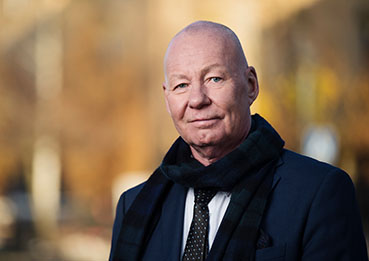International recruitment is one of our tasks where we need to include security checks of various kinds, export controls are carried out regularly, and individual recruitments must also be assessed based on potential security risks. This is a challenging job in an organisation where the researcher’s drive and the teacher’s commitment to their own activities need to be combined with a strong judgement of when and how risks arise.
This has meant that we now also know where in the university we have security-sensitive information in one form or another. This may be through collaboration with the defence industry or in partnerships that mean that information about Swedish installations is made available, and it may also involve research or educational environments where access to such knowledge can be expected. We have therefore also carried out more in-depth security protection analyses than before, which also makes us better prepared for more serious crises.
Bu t otherwise, the primary role of higher education institutions may not be to be activated in a crisis or war, but rather to contribute to building capacity, knowledge, skills and abilities that can make society more robust and resilient in future crises or war situations.
This is how research and higher education in general contribute to society – a factory of the future, preparing for future solutions and needs. Researchers and teachers at universities must look ahead, around the corner, beyond the current knowledge frontier, in order to contribute to this building of the future. It is building societal resilience by creating skills and knowledge for use in both civil and public organisations. As an example of this, we at KTH inaugurated Cybercampus Sweden on 7 February.
The pandemic and SciLifeLab is another example that was activated in two ways, partly for sampling and analysis, and partly to build long-term pandemic preparedness.
Virtually all our areas of knowledge at KTH have a relevance for building the secure society of the future and for Sweden to be better equipped when war or crisis comes. Of course, this is not only about knowledge for armed conflicts, but also about robust social systems, secure installations, life sciences, aeronautical engineering, clean water, food supply and secure energy supply.

